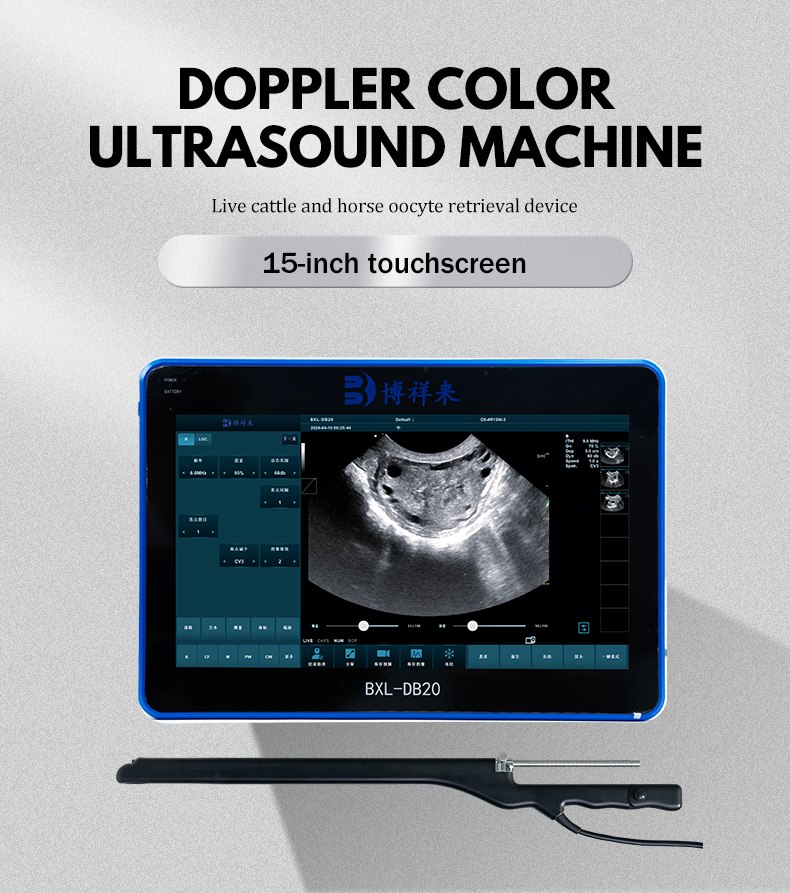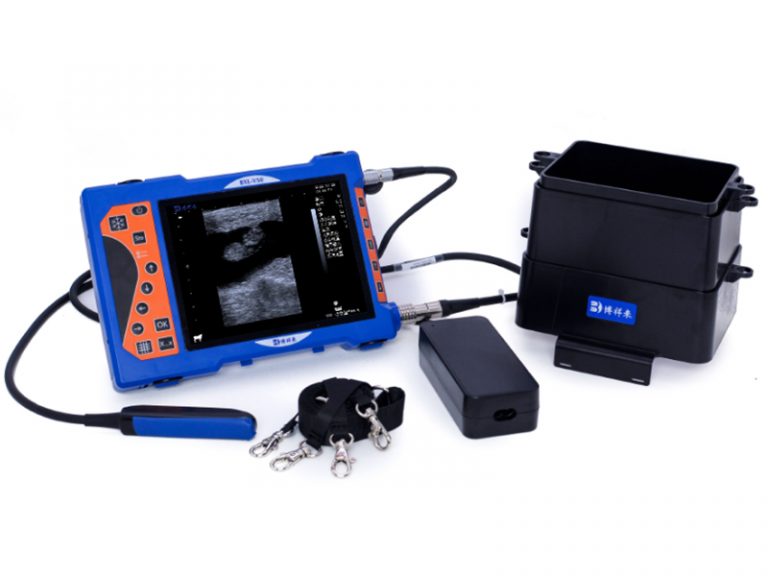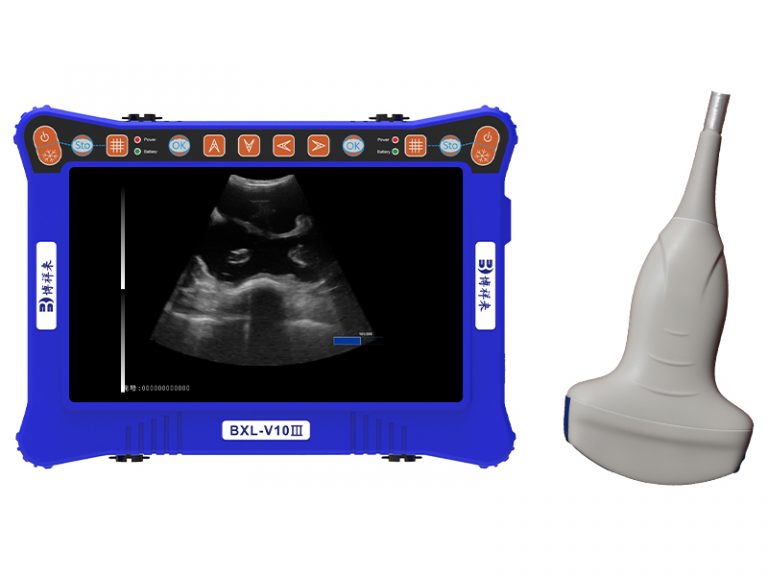BXL Ultrasound for Veterinary Use: Enhancing Diagnostic Accuracy in Animal Care
Ultrasound technology has revolutionized the way veterinarians diagnose and treat various medical conditions in animals. One of the leading innovations in veterinary imaging is BXL ultrasound for veterinary use. Designed specifically for the unique needs of veterinary professionals, BXL ultrasound provides high-quality imaging, portability, and ease of use—all at an affordable price. Whether for routine check-ups, emergency diagnostics, or specialized treatments, BXL ultrasound is a valuable tool for veterinary practices.

In this article, we will explore the features, advantages, and applications of BXL ultrasound in veterinary medicine, and explain why it has become a go-to diagnostic tool for animal healthcare professionals.
What is BXL Ultrasound for Veterinary Use?
BXL ultrasound is a portable, high-performance diagnostic imaging system that provides real-time ultrasound images for veterinary applications. This system is designed to meet the diverse needs of veterinarians, offering a range of features tailored to different animal species and clinical settings. BXL ultrasound machines are equipped with advanced technology that allows for detailed visualization of soft tissues, organs, and structures in animals, making them an essential tool in modern veterinary practice.
From diagnosing pregnancy in livestock to detecting internal injuries in pets, BXL ultrasound provides clear, accurate images that help veterinarians make better-informed decisions.
Key Features of BXL Ultrasound for Veterinary Use
1. Portability and Compact Design
One of the standout features of the BXL ultrasound system is its portability. Unlike traditional ultrasound machines, which are bulky and stationary, BXL ultrasound units are lightweight, compact, and easy to transport. This makes them ideal for mobile veterinary clinics, rural practices, and emergency situations where access to a full veterinary facility may be limited.
Veterinarians can carry the system directly to the animal’s location, whether it’s in the clinic, at a farm, or in the field, and conduct the ultrasound exam on-site. This flexibility is particularly beneficial for rural veterinary practices and for veterinarians who need to perform diagnostics during emergencies.
2. High-Resolution Imaging
BXL ultrasound systems are known for their high-resolution imaging capabilities. This is crucial for obtaining accurate and detailed views of the internal structures and organs of animals. Whether it’s an abdominal ultrasound to examine organs like the liver, kidneys, and intestines, or a musculoskeletal scan to assess muscle, tendon, and joint conditions, the high-resolution images provided by BXL ultrasound ensure that no detail is overlooked.
3. User-Friendly Interface
The ease of use is another reason why BXL ultrasound for veterinary use is gaining popularity among veterinary professionals. The system is designed with an intuitive, user-friendly interface, allowing even novice users to operate the machine efficiently. With simple touchscreen controls, veterinarians can quickly navigate between different settings, adjust imaging parameters, and get real-time results with minimal training.
4. Versatile Probes for Different Applications
BXL ultrasound machines come with a range of probes designed to address the specific needs of different diagnostic applications. Common probe types include:
- Convex probes for abdominal imaging.
- Linear probes for musculoskeletal and superficial tissue imaging.
- Phased-array probes for cardiac imaging.
This versatility allows veterinary professionals to adapt the ultrasound system to various conditions and animals, ensuring high-quality imaging across a broad range of diagnostic needs.
5. Long Battery Life
For veterinarians who work in the field, BXL ultrasound machines are equipped with long-lasting batteries that ensure extended use without needing frequent recharging. This feature is especially important for mobile veterinary clinics or during emergency situations when access to electrical outlets may not be readily available.
6. Affordable and Cost-Effective
Compared to other high-end ultrasound machines, BXL ultrasound is more affordable while still offering high-quality imaging and advanced features. The cost-effectiveness of BXL ultrasound makes it an attractive option for veterinary practices, particularly smaller clinics and mobile practices, that need reliable diagnostic equipment without a significant upfront investment.
Benefits of BXL Ultrasound in Veterinary Medicine
1. Accurate and Timely Diagnoses
One of the greatest benefits of BXL ultrasound for veterinary use is its ability to provide accurate, real-time diagnostic information. High-quality imaging helps veterinarians diagnose a wide variety of conditions, including gastrointestinal problems, heart disease, pregnancy, and musculoskeletal injuries. Early detection of issues such as tumors, organ abnormalities, or fluid build-up can significantly improve treatment outcomes and save lives.
2. Non-Invasive and Safe
Unlike other diagnostic procedures, ultrasound imaging is a non-invasive and safe method for examining an animal’s internal structures. There is no need for sedation, radiation exposure, or surgical incisions, making it a low-risk option for both the animal and the veterinary staff. This non-invasive nature of ultrasound is especially beneficial when working with sensitive animals, such as pregnant animals or those in critical care.
3. Cost-Effective Solution for Veterinary Practices
The affordability of BXL ultrasound makes it an ideal choice for veterinary practices, especially those with limited budgets. Veterinary clinics can invest in this technology without having to spend a fortune, which helps them expand their diagnostic capabilities while keeping costs manageable. The return on investment is high, as the system can be used in various clinical scenarios, including routine check-ups, emergency care, and specialist consultations.
4. Improved Patient Care
BXL ultrasound allows veterinarians to quickly and efficiently evaluate animals’ health, which improves overall patient care. By using ultrasound to make accurate diagnoses, veterinarians can develop more effective treatment plans, monitor progress, and detect changes in health before they become more severe. This leads to better outcomes for the animals and greater satisfaction for pet owners.
Common Uses of BXL Ultrasound in Veterinary Medicine
1. Abdominal Ultrasound
Abdominal ultrasound is one of the most common uses of BXL ultrasound in veterinary medicine. It helps veterinarians assess the internal organs of animals, including the liver, kidneys, spleen, and intestines. This type of imaging is crucial for diagnosing a wide range of conditions, such as gastrointestinal obstructions, kidney disease, bladder stones, organ enlargement, and fluid accumulation.
2. Pregnancy and Reproductive Health
BXL ultrasound is widely used in reproductive health to monitor pregnancies in dogs, cats, and livestock. Early detection of pregnancy is essential for managing the health of the mother and the developing fetuses. Ultrasound can also help assess the health and development of the fetuses, detect any complications, and guide decisions regarding the timing of birth.
3. Cardiac Ultrasound (Echocardiography)
Echocardiography, or cardiac ultrasound, is crucial for evaluating heart conditions in animals. BXL ultrasound systems equipped with phased-array probes allow veterinarians to examine the heart’s structure, function, and blood flow. This is essential for diagnosing conditions like heart murmurs, arrhythmias, and heart failure in pets, particularly in older animals or those with congenital heart defects.
4. Musculoskeletal Imaging
For animals with injuries, arthritis, or musculoskeletal conditions, BXL ultrasound can be used to visualize muscles, tendons, ligaments, and joints. This type of imaging is especially useful in performance animals like horses or working dogs, as it can help identify soft tissue injuries, ligament tears, or tendon damage that might not be visible through X-rays.
5. Emergency Diagnostics
In emergency veterinary care, fast and accurate diagnostics are essential. BXL ultrasound provides real-time imaging, allowing veterinarians to quickly assess conditions like internal bleeding, organ rupture, or shock in trauma cases. Its ability to quickly identify life-threatening conditions makes it an invaluable tool in urgent care situations.
Why Choose BXL Ultrasound for Veterinary Use?
BXL ultrasound is a reliable, efficient, and cost-effective imaging solution for veterinary professionals. Whether you are working in a traditional veterinary clinic, a mobile practice, or an emergency setting, BXL ultrasound offers portability, ease of use, and high-resolution imaging that enhance your diagnostic capabilities. The system’s affordability makes it accessible for a wide range of veterinary practices, and its advanced features ensure that you can provide the best possible care to your animal patients.
If you’re looking to invest in ultrasound technology that delivers exceptional performance at a competitive price, BXL ultrasound for veterinary use is a top choice. By integrating BXL ultrasound into your practice, you can improve your diagnostic accuracy, provide better care for animals, and offer faster, more reliable results to your clients.
Conclusion
BXL ultrasound for veterinary use has emerged as a trusted diagnostic tool that offers veterinarians a range of benefits—from its portability and affordability to its high-quality imaging and versatility. Whether you’re performing routine exams or emergency diagnostics, BXL ultrasound provides the precision you need to make informed decisions and improve patient outcomes. With its advanced features and user-friendly design, it is an essential tool for any veterinary practice looking to enhance its diagnostic capabilities and deliver superior care to its patients.





